Latin America is a region of the world that’s known for its diverse cultures, beautiful landscapes, and rich history. It’s also home to many different economies, some of which are more prosperous than others. In this blog post, we’ll look at Latin America’s top 10 richest countries based on GDP per Capita.
These countries have strong economies, stable political environments, and vibrant cultures, making them unique and exciting places to visit or do business with. Whether you’re interested in learning about Latin American economics or just curious about the region, this blog post will provide you with valuable insights into the wealthiest countries in this part of the world.
Summary of The Top 10 Richest Countries in Latin America 2023
| Country | GDP (PPP) Per Capita | Area (km²) | Date of Establishment |
|---|---|---|---|
| Chile | $27,059 | 756,102 | September 18, 1810 |
| Uruguay | $24,435 | 176,215 | August 25, 1825 |
| Mexico | $21,412 | 1,964,375 | September 16, 1810 |
| Argentina | $20,482 | 2,780,400 | July 9, 1816 |
| Brazil | $16,727 | 8,515,767 | September 7, 1822 |
| Colombia | $15,720 | 1,141,748 | July 20, 1810 |
| Peru | $14,999 | 496,093 | July 28, 1821 |
| Paraguay | $14,131 | 406,752 | May 14, 1811 |
| Ecuador | $14,131 | 256,370 | May 24, 1822 |
| Venezuela | $9,066 | 916,445 | July 5, 1811 |
1. Chile – GDP (PPP) Per Capita: $27,059
Chile is a country that’s located in the southwestern part of South America. It borders Argentina, Bolivia, and Peru and has a long coastline along the Pacific Ocean. With a population of over 19 million people, Chile is one of the most prosperous and stable countries in Latin America. As the wealthiest country in the region, Chile has a GDP (PPP) per capita of $27,059, which is significantly higher than most other countries in the area.
The country’s economy is driven by exports, particularly copper, which accounts for a significant portion of its GDP. Chile is home to some of the world’s largest copper reserves, and metal accounts for more than 50% of the country’s total exports.
In addition to copper, Chile also exports other minerals such as lithium, molybdenum, and iodine. The country has been prosperous in diversifying its economy in recent years, with a growing wine industry and a vibrant tech sector attracting investment worldwide.
Chile has a stable political environment and a commitment to free market policies. The country has a long tradition of democracy, with a constitution established in 1980 after the end of the military dictatorship. Chile has a robust judiciary system and an independent central bank, which has helped to maintain macroeconomic stability and low inflation.
In addition to its strong economy, Chile is known for its beautiful landscapes and rich culture. The country has many ecosystems, including the Atacama Desert, the Andes Mountains, and the Patagonian glaciers.
Chile is also known for its vibrant arts scene, with a thriving music and theatre community. The country has a rich history, with indigenous cultures dating back thousands of years and a colonial past that’s left its mark on the architecture and culture of many of its cities.
Chile is a great place to do business or explore as a tourist. With a strong economy, stable political environment, and commitment to free market policies, Chile is an attractive destination for investors and entrepreneurs.
The country’s beautiful landscapes and rich culture also make it a great place to visit for anyone interested in exploring the diversity of Latin America. Whether you’re looking for adventure, relaxation, or business opportunities, Chile has something to offer everyone.
2. Uruguay – GDP (PPP) Per Capita: $24,435
Uruguay is a small country in southeastern South America, bordered by Brazil to the north and Argentina to the west. With a population of around 3.5 million, Uruguay is one of the smallest countries in South America. However, it’s also one of the most prosperous, with a GDP (PPP) per Capita of $24,435.
Uruguay has a stable political environment and a robust social welfare system. The country has a long tradition of democracy and is known for its progressive policies. It was the first country in the world to legalize marijuana for recreational use, and it’s also known for its liberal abortion laws and same-sex marriage legislation. Uruguay’s robust education system and high literacy rates have helped create a well-educated workforce.
The country’s economy is driven by exports, particularly of agricultural products such as beef, wool, and soybeans. Uruguay is also home to a growing software development industry and has become a hub for tech startups in recent years. The country has a relatively small but diversified economy, which has helped to insulate it from external shocks.
In addition to its strong economy, Uruguay is known for its beautiful beaches and vibrant cultural scene. The country has a rich history, with indigenous cultures dating back thousands of years and a colonial past that’s left its mark on the architecture and culture of many of its cities.
The capital city of Montevideo is known for its Art Deco buildings, while the old colonial town of Colonia del Sacramento is a popular tourist destination.
Overall, Uruguay is a great place to visit or do business. Uruguay is an attractive destination for investors and entrepreneurs with a stable political environment, robust social welfare system, and commitment to progressive policies. The country’s beautiful landscapes, rich culture, and friendly people also make it a great place to explore for anyone interested in experiencing the diversity of Latin America.
Read also: Top 10 Richest Doctors in the World 2023 | Top 10 List Updated
Mexico is located in the southern part of North America, bordered by the United States to the north and Belize and Guatemala to the south. With a population of over 126 million people, Mexico is the most populous Spanish-speaking country in the world. It’s also one of the largest economies in Latin America, with a GDP (PPP) per Capita of $21,412.
Exports, particularly of manufactured goods, drive Mexico’s diverse economy. The country is known for its strong manufacturing sector, including automotive, aerospace, and electronics industries. Mexico is also a major exporter of petroleum and other natural resources. The country has a free-market economy and has successfully attracted foreign investment in recent years.
In addition to its strong economy, Mexico is known for its vibrant culture and rich history. The country has a long tradition of indigenous cultures, with many different languages and customs. It has many beautiful landscapes, including beaches, deserts, and mountains. Mexico is known for its delicious cuisine, colourful art, and lively music.
Mexico has a complex political environment, with a presidential system and a bicameral legislature. The country has a long history of corruption and violence, particularly related to drug trafficking. However, recent years have seen efforts to reform the justice system and combat organized crime. Mexico has also made progress in promoting human rights and protecting freedom of expression.
Overall, Mexico is a great place to visit or do business. Mexico has something to offer everyone with a diverse economy, attractive investment opportunities, and beautiful landscapes and culture. However, visitors and investors should know the country’s complex political environment and take necessary precautions to ensure their safety.
4. Argentina – GDP (PPP) Per Capita: $20,482
Argentina is a large country located in southern South America, bordered by Chile to the west and Uruguay to the east. With over 44 million people, Argentina is one of the most populous countries in Latin America. It’s also one of the largest economies in the region, with a GDP (PPP) per Capita of $20,482.
Exports of agricultural products such as soybeans, wheat, and beef drive Argentina’s diversified economy. The country is also a significant producer of minerals such as copper and gold. In recent years, Argentina has successfully attracted foreign investment, particularly in the energy sector. The country has a free-market economy and has been working to reduce barriers to trade and investment.
In addition to its strong economy, Argentina is known for its vibrant culture and rich history. The country has a long tradition of tango music and dance, originating in Buenos Aires, the capital city.
Argentina is also home to many beautiful landscapes, including the Andes Mountains, the Iguazu Falls, and the Pampas grasslands. The country has a diverse population, including indigenous peoples, Europeans, and immigrants from other parts of Latin America.
Argentina has a complex political environment, with a presidential system and a bicameral legislature. The country has a long history of political instability, with frequent changes in government and economic crises.
However, recent years have seen efforts to stabilize the economy and promote growth. The current government has implemented policies to reduce poverty, promote social inclusion, and protect the environment.
Overall, Argentina is a great place to visit or do business. Argentina has something to offer everyone: a diversified economy, attractive investment opportunities, and beautiful landscapes and culture.
However, visitors and investors should know the country’s complex political environment and take necessary precautions to ensure their safety. Despite its challenges, Argentina remains a dynamic and fascinating country worth exploring.
5. Brazil – GDP (PPP) Per Capita: $16,727
Brazil is the largest country in South America and Latin America, with over 211 million people. It’s also one of the largest economies in the region, with a GDP (PPP) per Capita of $16,727. Brazil’s diverse economy is driven by exports, particularly agricultural products such as soybeans, coffee, and sugarcane. The country is also a significant producer of iron ore and nickel minerals.
Brazil is known for its beautiful landscapes, vibrant culture, and rich history. The country is home to many different ecosystems, including the Amazon rainforest, the Pantanal wetlands, and the beaches of Rio de Janeiro. Brazil is also known for its music, dance, and art, with a strong samba tradition and other Afro-Brazilian cultural expressions.
The country has a complex political environment, with a presidential system and a bicameral legislature. Brazil has a long history of corruption and political instability, with frequent changes in government and economic crises. However, recent years have seen efforts to address these challenges with anti-corruption investigations and reforms promoting transparency and accountability.
Brazil is a great place to visit or do business, with a diverse economy and attractive investment opportunities. However, visitors and investors should be aware of the country’s complex political environment and take necessary precautions to ensure their safety. Brazil has a high crime rate, particularly in urban areas, and visitors should exercise caution and avoid risky areas.
Overall, Brazil is a fascinating country that’s worth exploring. With its beautiful landscapes, vibrant culture, and dynamic economy, Brazil has something to offer everyone. Whether you’re interested in nature, culture, or business, Brazil is a diverse and exciting destination that will leave a lasting impression.
6. Colombia – GDP (PPP) Per Capita: $15,720
Colombia is located in the northwestern part of South America, bordered by Venezuela, Brazil, Peru, Ecuador, and Panama. With a population of over 50 million people, Colombia is one of the largest countries in Latin America. It’s also one of the fastest-growing economies in the region, with a GDP (PPP) per Capita of $15,720.
Colombia has a diversified economy that’s driven by exports, particularly of oil, coal, and coffee. The country is also a significant producer of gold, emeralds, and other minerals. In recent years, Colombia has successfully attracted foreign investment, particularly in the energy and infrastructure sectors. The country has a free-market economy and has been working to reduce barriers to trade and investment.
In addition to its strong economy, Colombia is known for its beautiful landscapes and rich culture. The country has many ecosystems, including the Andes Mountains, the Amazon rainforest, and the Caribbean coast. Colombia is also known for its music, dance, and art, with a strong tradition of salsa and other Afro-Colombian cultural expressions.
Colombia has a complex political environment, with a presidential system and a bicameral legislature. The country has a long history of political violence, with armed conflicts between government forces, leftist guerrillas, and right-wing paramilitaries.
However, recent years have seen efforts to end the conflict and promote peace. The current government has implemented policies to reduce poverty, promote social inclusion, and protect the environment.
Overall, Colombia is a great place to visit or do business. Colombia has something to offer everyone: a diversified economy, attractive investment opportunities, and beautiful landscapes and culture.
However, visitors and investors should know the country’s complex political environment and take necessary precautions to ensure their safety. Despite its challenges, Colombia remains a fascinating and dynamic country worth exploring.
Read also: Top 10 Richest People in the World.
7. Peru – GDP (PPP) Per Capita: $14,999
Peru is located in the western part of South America, bordered by Ecuador, Colombia, Brazil, Bolivia, and Chile. With over 32 million people, Peru is one of the largest countries in Latin America. It’s also one of the fastest-growing economies in the region, with a GDP (PPP) per Capita of $14,999.
Peru has a diversified economy that’s driven by exports, particularly of minerals such as copper, gold, and zinc. The country is also a significant producer of agricultural products such as coffee, cocoa, and quinoa.
In recent years, Peru has successfully attracted foreign investment, particularly in the mining and energy sectors. The country has a free-market economy and has been working to reduce barriers to trade and investment.
In addition to its strong economy, Peru is known for its beautiful landscapes and rich culture. The country has many ecosystems, including the Andes Mountains, the Amazon rainforest, and the Pacific coast. Peru is also known for its music, dance, and art, with a strong tradition of indigenous cultures and colonial influences.
Peru has a complex political environment, with a presidential system and a unicameral legislature. The country has a long history of political instability and corruption, with frequent changes in government and economic crises. However, recent years have seen efforts to address these challenges with anti-corruption investigations and reforms promoting transparency and accountability.
Overall, Peru is a great place to visit or do business. Peru has something to offer everyone: a diversified economy, attractive investment opportunities, and beautiful landscapes and culture.
However, visitors and investors should know the country’s complex political environment and take necessary precautions to ensure their safety. Despite its challenges, Peru remains a fascinating and dynamic country worth exploring.
8. Paraguay – GDP (PPP) Per Capita: $14,131
Paraguay is located in central South America, bordered by Brazil to the east, Argentina to the south, and Bolivia to the north. With a population of over 7 million people, Paraguay is one of the smallest countries in Latin America. It’s also one of the fastest-growing economies in the region, with a GDP (PPP) per Capita of $14,131.
Paraguay has a diversified economy that’s driven by exports, particularly of agricultural products such as soybeans, corn, and beef. The country is also a significant producer of hydroelectric power, which is exported to neighbouring countries.
Paraguay has attracted foreign investment in recent years, particularly in the energy and manufacturing sectors. The country has a free-market economy and has been working to reduce barriers to trade and investment.
In addition to its strong economy, Paraguay is known for its beautiful landscapes and rich culture. The country is home to many ecosystems, including the Chaco wilderness, the Itaipu Dam, and the Jesuit Missions of La Santisima Trinidad de Parana. Paraguay is also known for its music, dance, and art, with a strong tradition of Guarani indigenous cultures.
Paraguay has a democratic political system, with a presidential system and a bicameral legislature. The country has a long history of political instability and corruption, with frequent changes in government and economic crises. However, recent years have seen efforts to address these challenges with anti-corruption investigations and reforms promoting transparency and accountability.
Overall, Paraguay is a great place to visit or do business. Paraguay offers everyone a diversified economy, attractive investment opportunities, and beautiful landscapes and culture.
However, visitors and investors should know the country’s complex political environment and take necessary precautions to ensure their safety. Despite its challenges, Paraguay remains a fascinating and dynamic country worth exploring.
9. Ecuador – GDP (PPP) Per Capita: $14,131
Ecuador is located in the northwestern part of South America, bordered by Colombia to the north and Peru to the south and east. With over 17 million people, Ecuador is one of the smallest countries in Latin America. It’s also one of the fastest-growing economies in the region, with a GDP (PPP) per Capita of $14,131.
Ecuador has a diversified economy that’s driven by exports, particularly of petroleum, bananas, and shrimp. The country also significantly produces flowers, cacao, and coffee. In recent years, Ecuador has successfully attracted foreign investment, particularly in the energy and mining sectors. The country has a free-market economy and has been working to reduce barriers to trade and investment.
In addition to its strong economy, Ecuador is known for its beautiful landscapes and rich culture. The country has many ecosystems, including the Andes Mountains, the Amazon rainforest, and the Galapagos Islands. Ecuador is also known for its music, dance, and art, with a strong tradition of indigenous cultures and Spanish colonial influences.
Ecuador has a democratic political system, with a presidential system and a unicameral legislature. The country has a long history of political instability and corruption, with frequent changes in government and economic crises. However, recent years have seen efforts to address these challenges with anti-corruption investigations and reforms to promote transparency and accountability.
Overall, Ecuador is a great place to visit or do business. Ecuador has something to offer everyone: a diversified economy, attractive investment opportunities, and beautiful landscapes and culture.
However, visitors and investors should know the country’s complex political environment and take necessary precautions to ensure their safety. Despite its challenges, Ecuador remains a fascinating and dynamic country worth exploring.
10. Venezuela – GDP (PPP) Per Capita: $9,066
Venezuela is located in the northern part of South America, bordered by Colombia to the west, Brazil to the south, and Guyana to the east. With over 28 million people, Venezuela is one of the largest countries in Latin America. However, it faces a severe economic and political crisis, with a GDP (PPP) per Capita of $9,066.
Exports, particularly petroleum, drive Venezuela’s diversified economy. The country has one of the largest oil reserves in the world and has historically relied heavily on oil exports for revenue. However, recent years have seen a decline in oil production and a lack of economic diversification, leading to hyperinflation, shortages, and social unrest.
In addition to its economic challenges, Venezuela is also facing a complex political environment. The country has a presidential system and a unicameral legislature, but recent years have seen a concentration of power in the hands of the ruling party. There have been allegations of human rights abuses, corruption, and electoral fraud, leading to international sanctions and criticism.
Venezuela is known for its beautiful landscapes and rich culture despite its challenges. The country has many ecosystems, including the Andes Mountains, the Amazon rainforest, and the Caribbean coast. Venezuela is also known for its music, dance, and art, with a strong tradition of Afro-Caribbean and indigenous cultures.
Overall, Venezuela is a country that’s facing significant challenges. Its economic crisis and political instability have had a profound impact on its people and have led to widespread poverty and migration.
Visitors and investors should know the risks of travelling or doing business in Venezuela and take necessary precautions to ensure their safety. Despite its challenges, Venezuela remains a country with a rich history and culture, and its people are working hard to rebuild and overcome their current difficulties.
Conclusion
In conclusion, South America is a diverse and dynamic region with many different countries and cultures. Each country has its unique history, landscape, and economic situation, but all share a common heritage and spirit of innovation. From the vibrant culture of Argentina to the beautiful landscapes of Peru, South America has something to offer everyone.
Many countries have experienced significant economic growth in recent years, driven by exports and foreign investment. However, they also face complex political environments and ongoing challenges such as corruption, poverty, and inequality.
Visitors and investors should know these challenges and take necessary precautions to ensure safety. Despite these issues, South America remains a fascinating and dynamic region worth exploring. Whether you’re interested in nature, culture, or business, South America has something to offer everyone.
FAQ | The 10 Richest Countries in Latin America
What is 1 country in Latin America?
Brazil is a country located in Latin America.
What are the top 3 Latin American countries?
The top 3 Latin American countries in terms of GDP (PPP) per capita are Chile, Argentina, and Uruguay.
What is the safest country in Latin America?
According to the Global Peace Index 2020, Uruguay is considered to be the safest country in Latin America.
What are the poorest Latin countries?
The poorest Latin American countries in terms of GDP (PPP) per capita are Haiti, Nicaragua, and Honduras.
Who has the strongest army in Latin America?
Brazil has the strongest army in Latin America.
Who has the strongest economy in Latin America?
Brazil has the strongest economy in Latin America.
What is the most developed country in Latin America?
Chile is the most developed country in Latin America according to the Human Development Index.
Which 5 Latin American countries are the richest?
The 5 richest Latin American countries in terms of GDP (PPP) per capita are Chile, Argentina, Uruguay, Mexico, and Panama.
What are the top 5 Latin countries?
The top 5 Latin American countries in terms of GDP (PPP) per capita are Chile, Argentina, Uruguay, Mexico, and Panama.
What is the largest Latin country?
Brazil is the largest Latin American country in terms of both population and land area.
What is the most beautiful country in South America?
This is subjective and varies from person to person, but some of the most commonly mentioned beautiful countries in South America are Peru, Ecuador, and Colombia.
What are the most famous countries in Latin America?
Some of the most famous countries in Latin America include Brazil, Mexico, Argentina, Peru, and Colombia.?

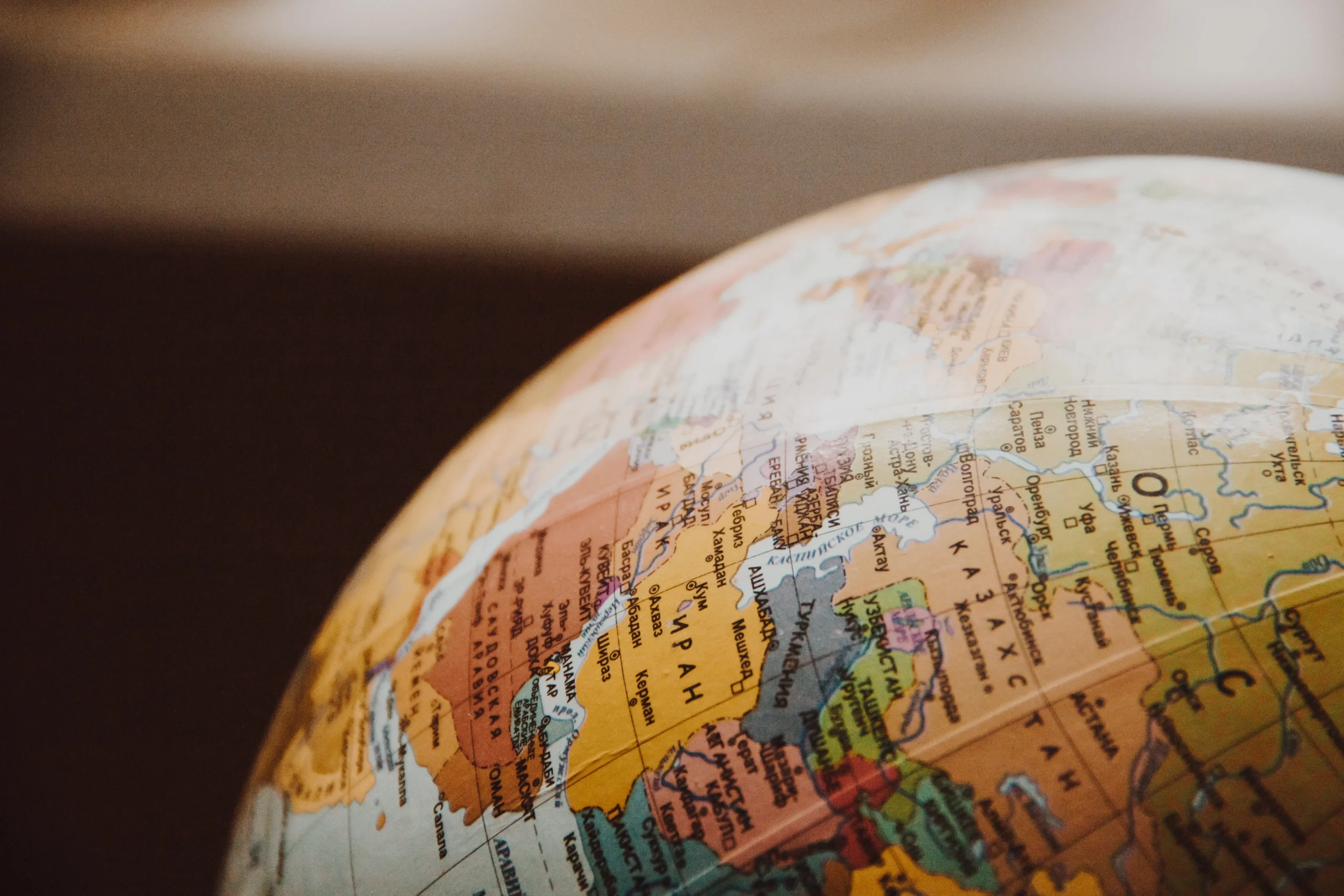

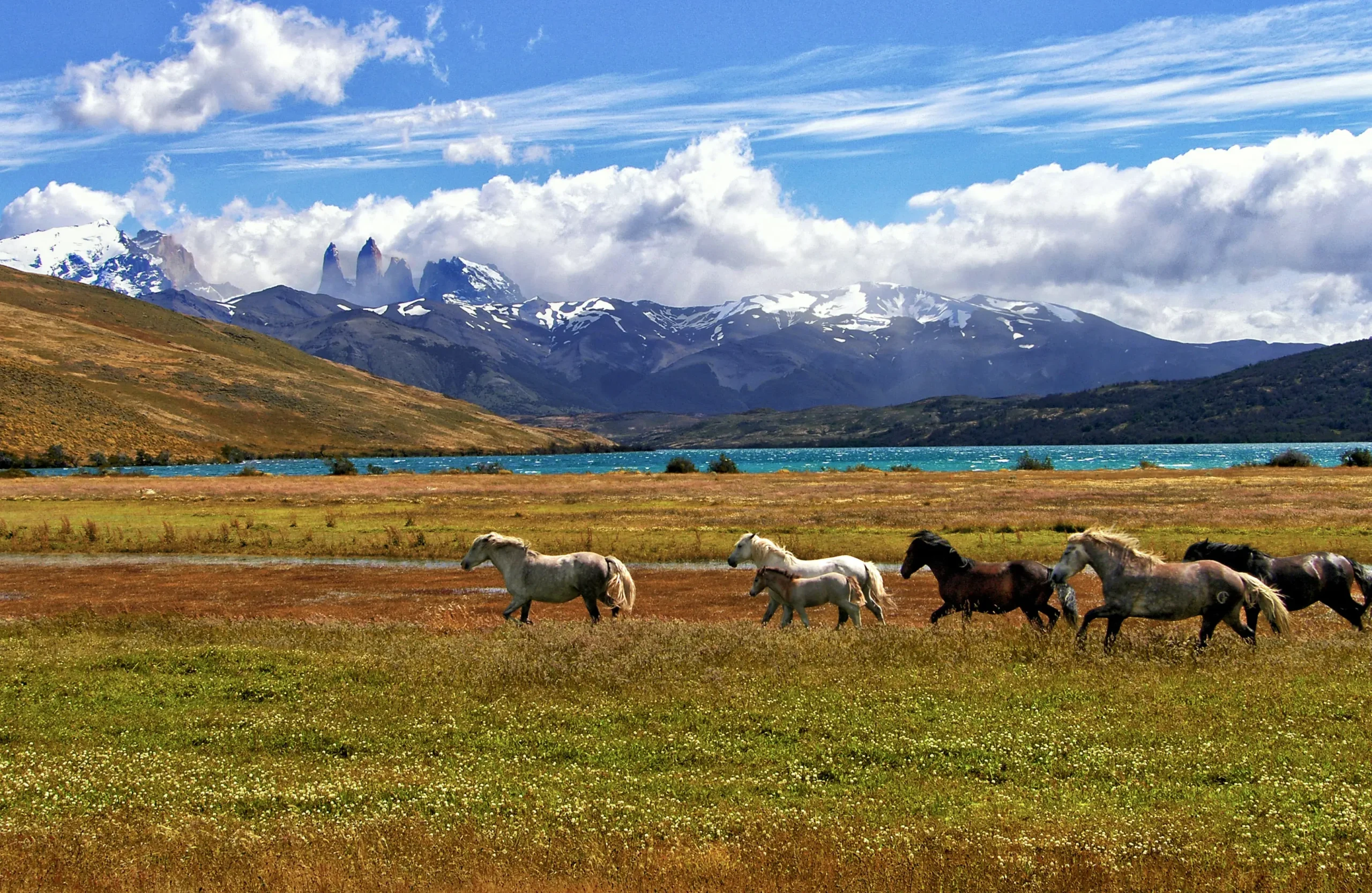
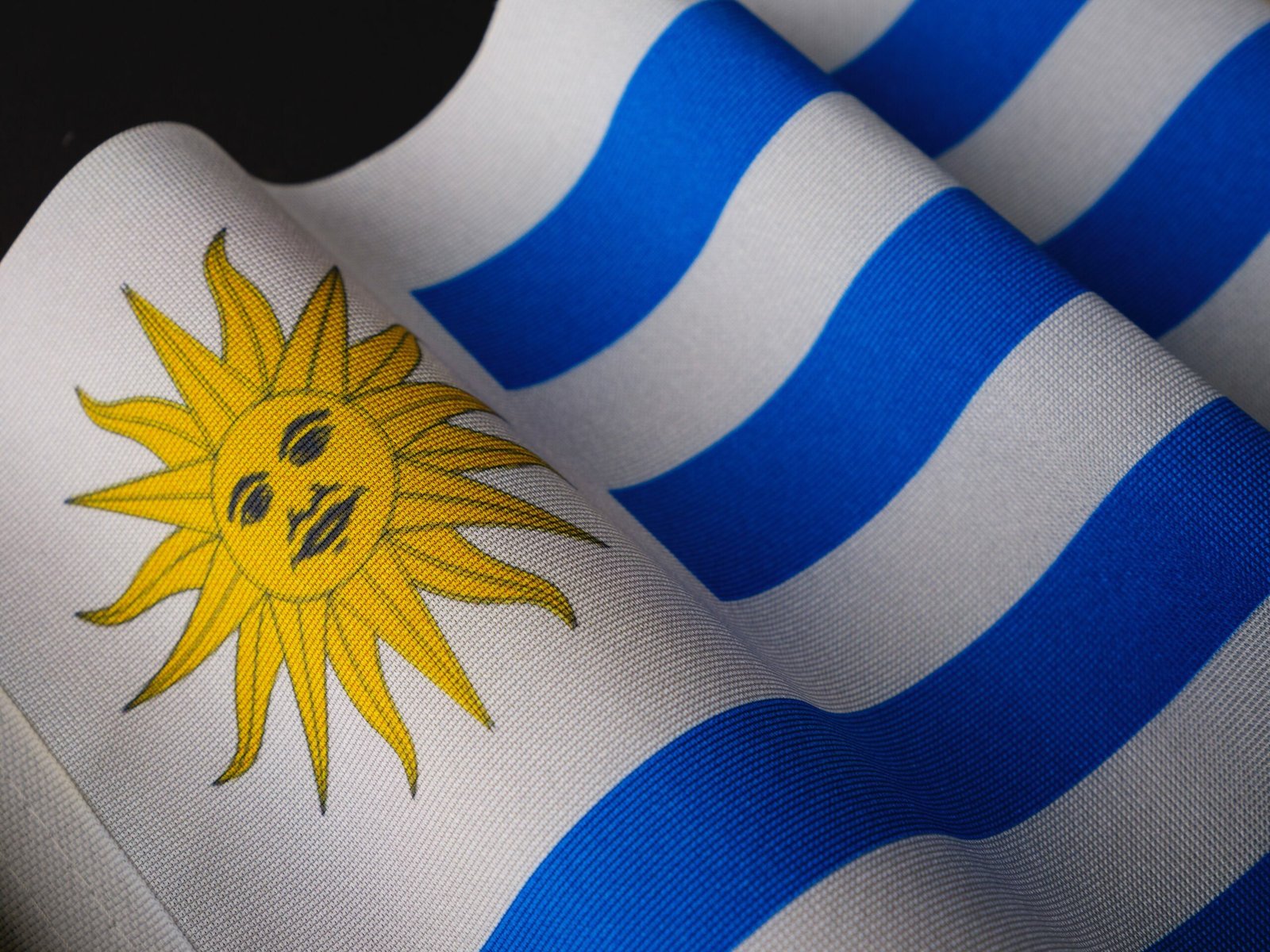


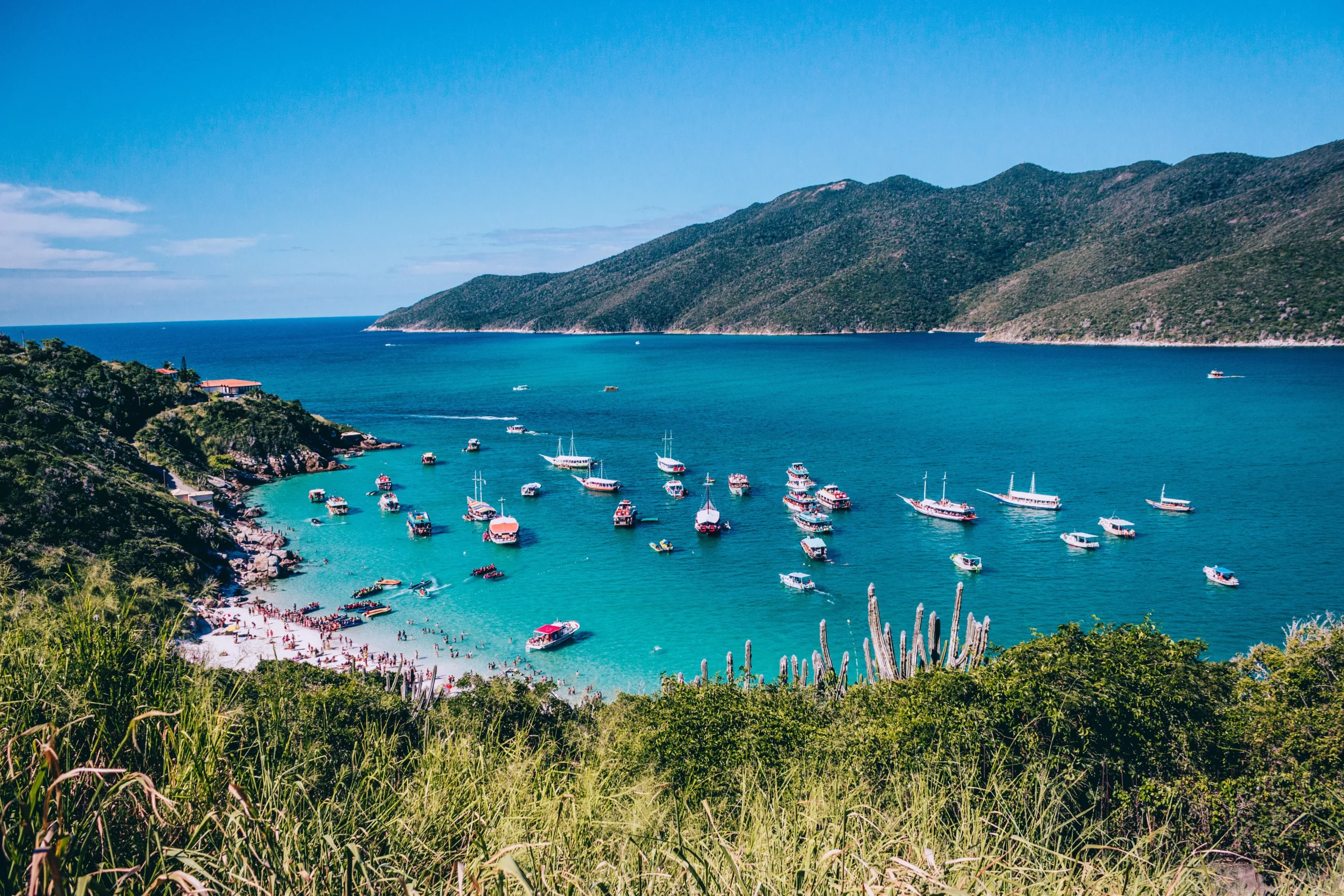
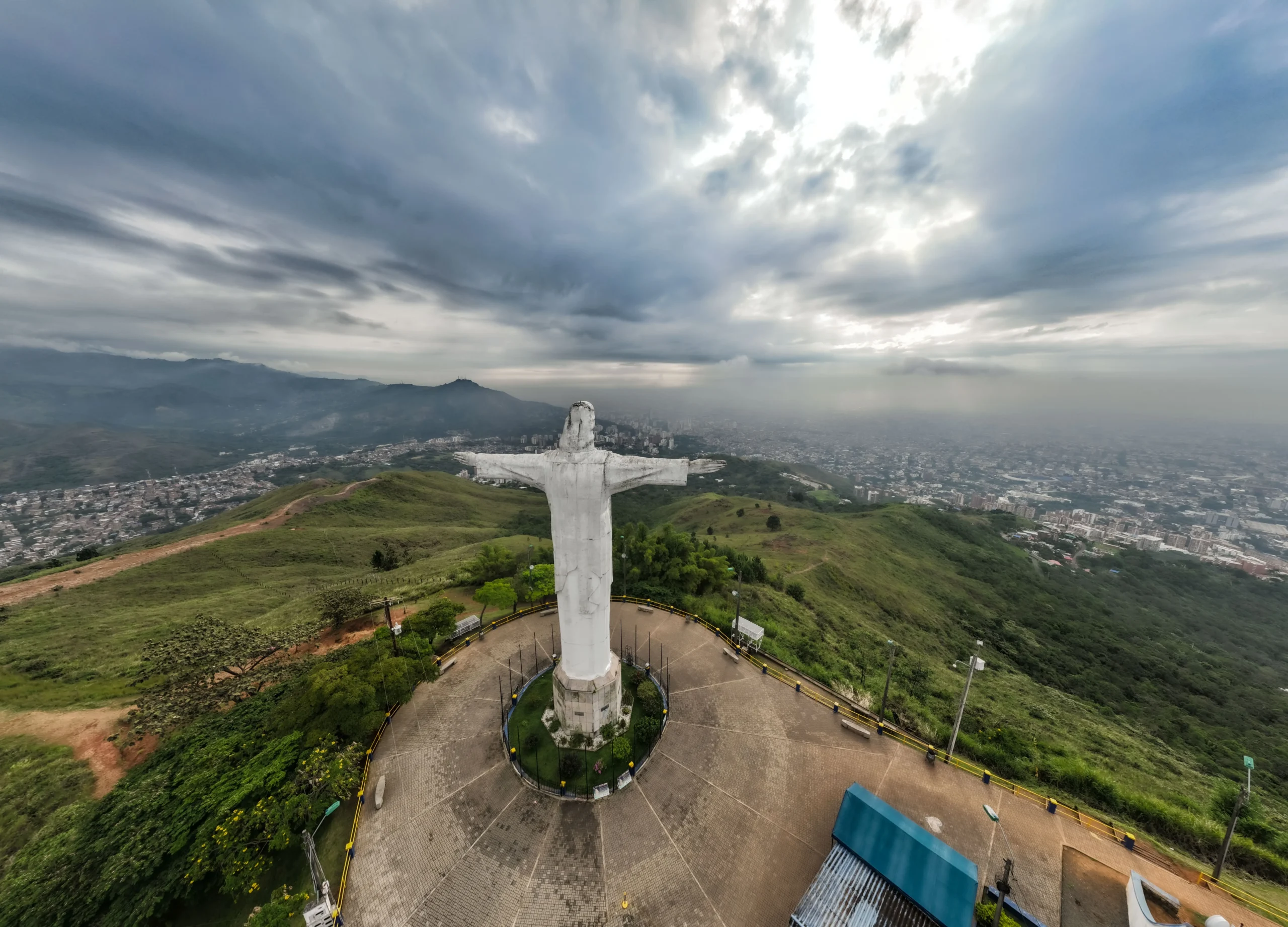
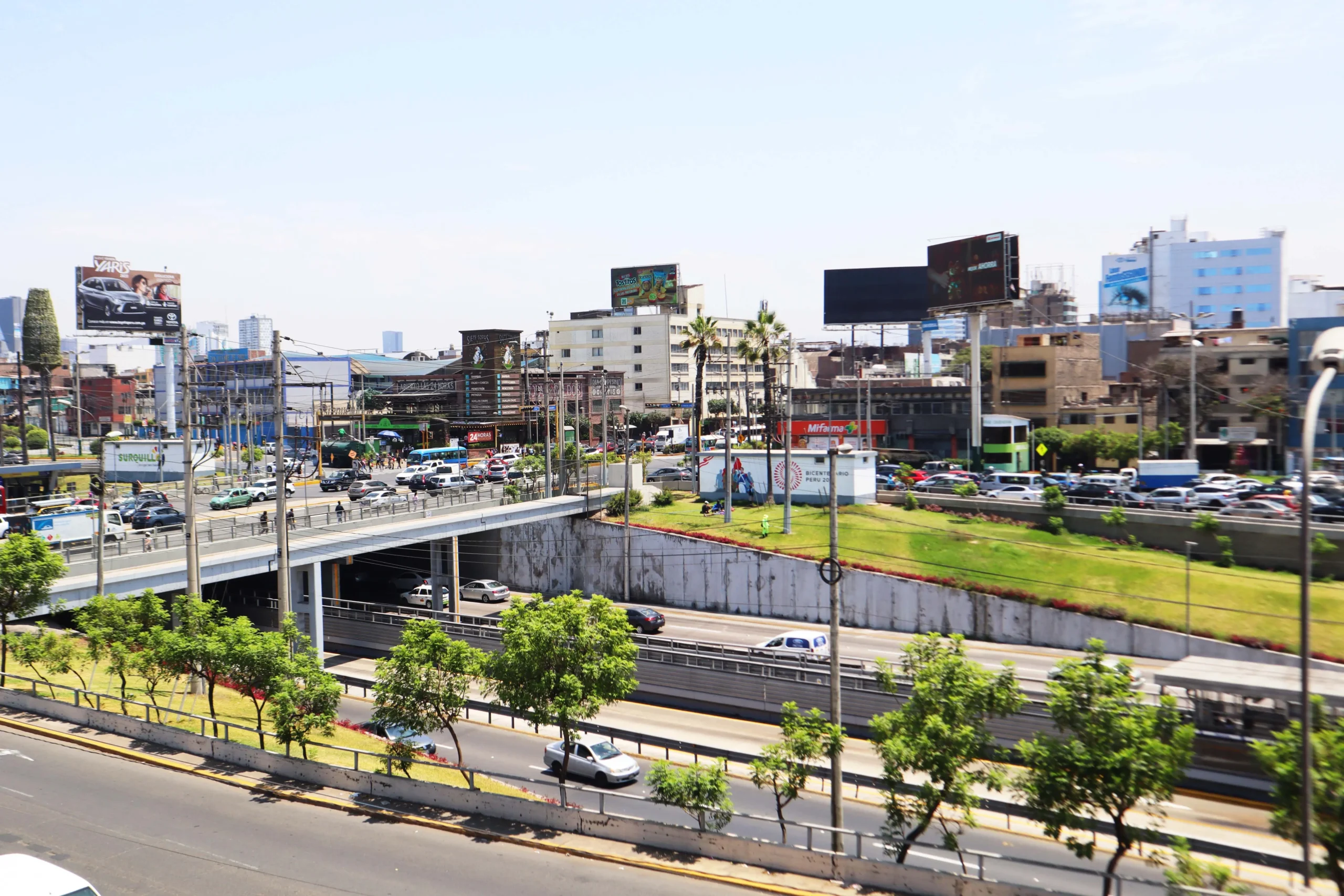


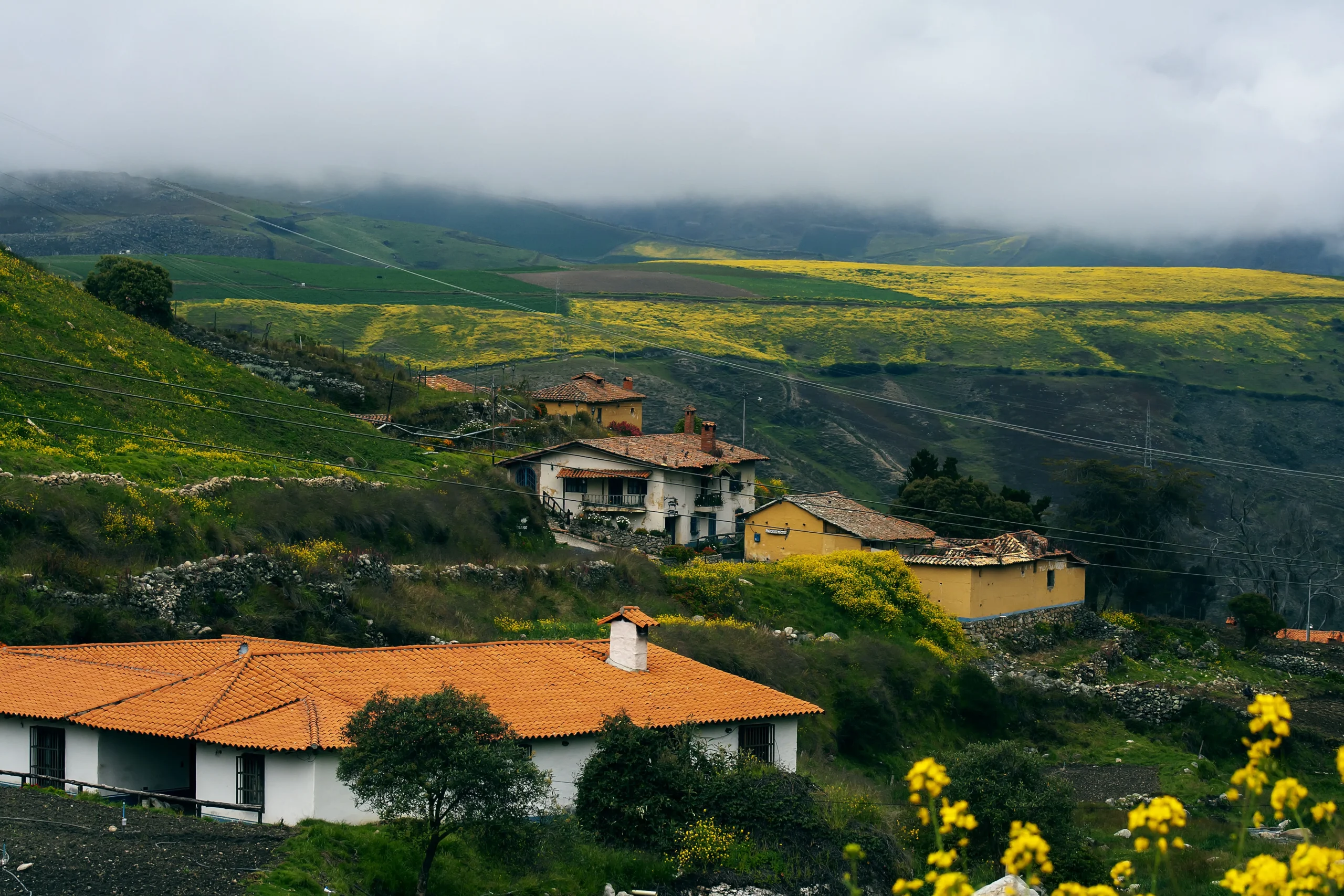










+ There are no comments
Add yours